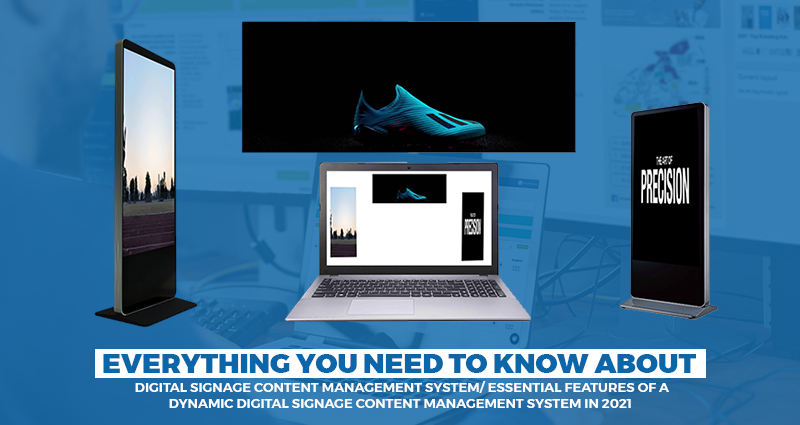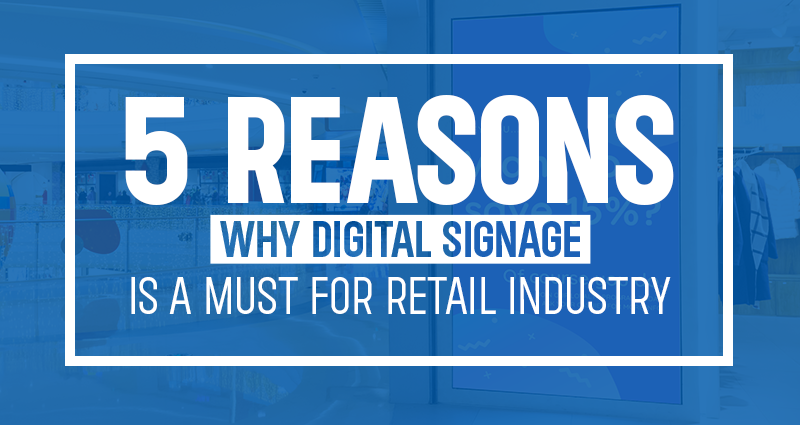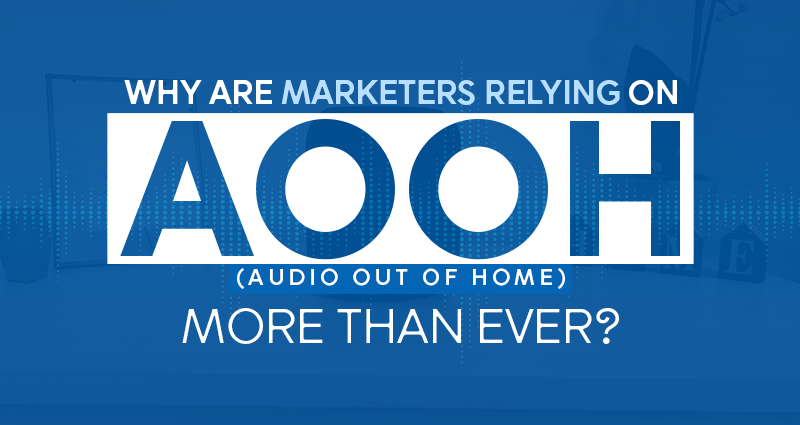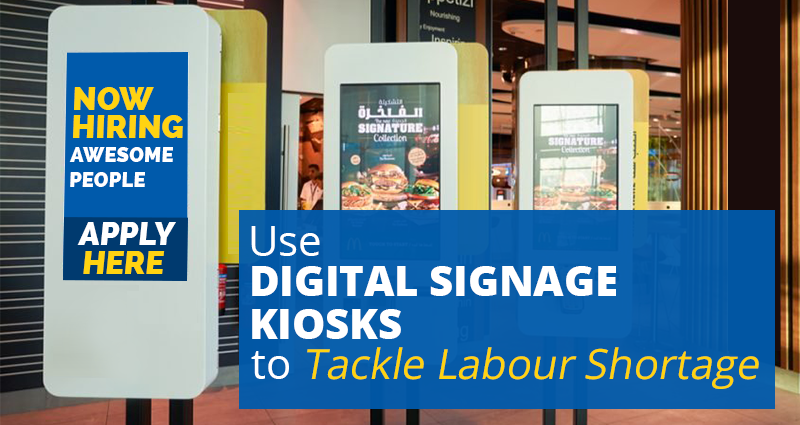
Here’s How Automotive Digital Signage Is Boosting Revenue for Showrooms?
November 25, 2021
Everything You Need to Know About Digital Notice Boards
December 1, 2021A Content Management System (CMS) can be described as a software application that allows users to create, manage and edit the content on a website or other digital channels. Users don’t need to have the technical knowledge to manage their content seamlessly. An effective CMS helps to build a digital infrastructure for multiple users that allows them to easily collaborate, manage and create the content. CMS applications have revolutionised the online marketing arena by helping businesses create attention-grabbing content to grab customers’ attention.
How does a content management system work?
Now that we know what a content management system is, let’s understand how it functions. A content management system can be broken down into two components. The first one is a Content Management Application (CMA) and the second one is the Content Delivery Application (CDA). Let’s delve deeper to understand better.
CMA
The CMA component allows marketers, merchandisers and other interested parties to work directly with the content. This eliminates the need for any technical support required to assist with content creation.
CDA
The content delivery application can be explained as the backend component of the whole CMS. It takes the content input and then turns it into a working digital output that you see on your digital screens.
Must-have Features in a digital signage CMS
If you have ever seen an advertisement on the big screens, it’s because of the help of a content management system. Any digital signage system has two main components, digital signage hardware (screens) and digital signage software (CMS). Let’s delve deeper into the essential features of a digital signage CMS.
1. Create and manage content
The primary function that any content management system must offer is the ability to create, edit and manage content for the digital screens. It should allow you to conveniently upload files using local storage or cloud storage.
2. Play real-time and automated content
In the contemporary digital era, your CMS should be advanced enough to be able to play real-time content such as news, sports, RSS feed and similar content. It should allow you to easily add real-time content applications. It helps to keep your screens updated throughout the content delivery.
3. Schedule content & manage screen network
If your CMS doesn’t allow you to schedule content beforehand, there is very little point in keeping that CMS. The ability to schedule content provides you with more flexibility to manage and upload content. You can easily plan your digital marketing campaigns without having to work under pressure. It should also allow you to manage your screen network so that you are aware of what’s playing on different screens and control your content from a single place.
Osel is among the leading digital signage service providers in India that delivers a wide range of digital signage related services. Its latest addition in the form of Donkey Player software has made it a one-stop-shop for every digital signage needs.





